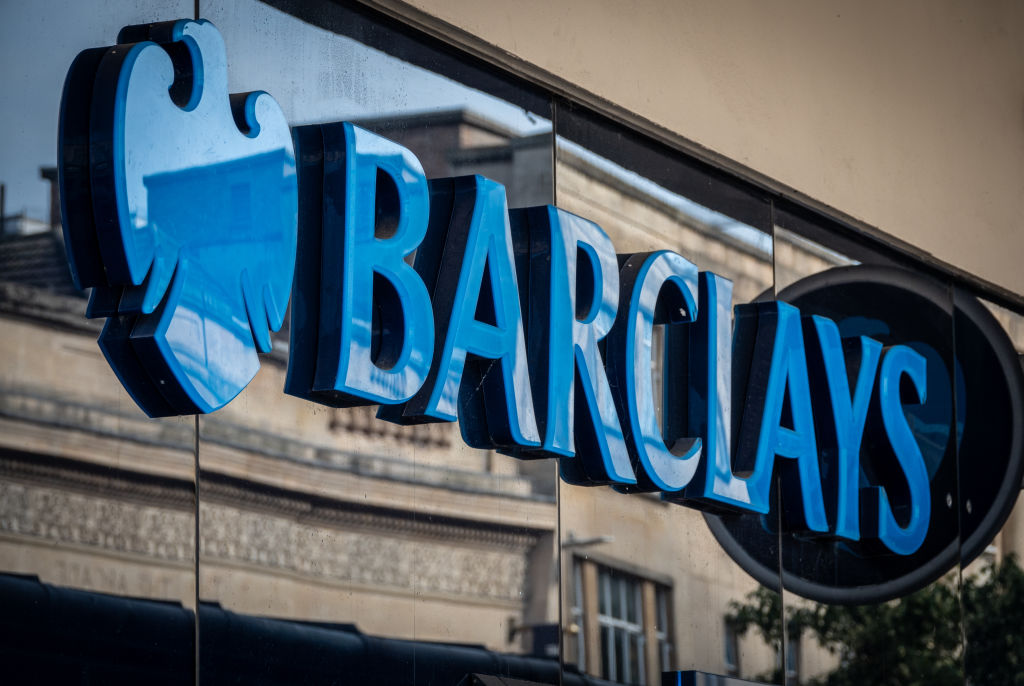Barclays Smart Investor scraps £4 minimum monthly fee - how does it compare to its rivals?
Barclays has simplified the pricing structure on its investment platform. How do the costs stack up compared to Hargreaves Lansdown, Interactive Investor and others?


Barclays has scrapped the £4 minimum monthly fee for its Smart Investor platform, and simplified some of its other charges.
The platform now has a percentage fee based on the size of customers’ investment portfolios.
It has also removed its fund dealing charges (previously £3 a trade). Share dealing costs £6 per deal.
MoneyWeek
Subscribe to MoneyWeek today and get your first six magazine issues absolutely FREE

Sign up to Money Morning
Don't miss the latest investment and personal finances news, market analysis, plus money-saving tips with our free twice-daily newsletter
Don't miss the latest investment and personal finances news, market analysis, plus money-saving tips with our free twice-daily newsletter
The bank said the changes to Barclays Smart Investor were “the start of a raft of improvements we will deliver over the next 18 months to make investing easier, as well as more accessible and rewarding”.
Experts welcomed the changes, telling MoneyWeek that they looked simpler and more competitive, and the platform could be a good choice for someone with a small portfolio who only buys funds.
We look at how the new pricing structure works, and how it compares to other investment platforms.
What are the new fees on Barclays Smart Investor?
A percentage fee based on investment balances has been introduced for new customers. On balances up to £200,000, the fee is 0.25%. This drops to 0.05% for bigger portfolios above £200,000.
Existing customers will continue to pay the old fee, which is based on what is held in the portfolio rather than the size. The fee is 0.2% for fund investments, and 0.1% for all other investments.
The minimum monthly fee of £4 has been scrapped for both new and existing customers. Existing customers will still have their maximum monthly fee capped at £125, but new customers will not benefit from this.
Existing customers will be charged the same as new customers for any investments they buy or sell: no fee for fund dealing, and £6 per deal for UK and international share trading.
Customers can invest from £50 a month. There are no exit fees if they decide to leave the platform.
According to Barclays Smart Investor, a new customer who has £10,000 invested in funds within an Investment ISA will pay a fee of £25 per year compared to £48 under the previous fee structure.
Holly Mackay, founder of the financial website Boring Money, comments: “The changes to Barclays’ pricing has certainly made it simpler, with the removal of both the minimum monthly fee of £4 and a £3 fund dealing fee, which made it pretty hard to work out what you’d actually pay.
“This always felt at odds with the reality of a retail bank’s target audience – many of whom will have relatively small starting balances and relatively few funds.”
How do the fees compare to other investment platforms?
The changes make Barclays Smart Investor much more competitive with rival platforms.
Someone with £10,000 in an ISA who just buys and holds a few funds would pay £25 a year with Barclays, compared to £45 a year with Hargreaves Lansdown, for example.
Mackay notes that the platform will be “one of the cheapest solutions” for a small fund portfolio.
“Barclays becomes less competitive for investors with mid-side portfolios who have a few funds and shares. A £250,000 ISA with eight funds and eight shares would now cost £573 a year compared to £160 with Interactive Investor, £446 with AJ Bell and £703 a year with Hargreaves Lansdown,” she says.
Chris Bredin, a consultant at The Lang Cat, a financial analyst, calls the new fee structure “a clear attempt to appear more competitive alongside the bigger players in the market”.
He says the removal of the minimum fee and the introduction of a tiered structure will make Barclays more attractive for larger portfolios when compared to the likes of Hargreaves Lansdown and Fidelity.
According to Mackay, someone with a £500,000 portfolio split between an ISA and a self-invested personal pension (Sipp), with eight fund and eight share trades a year, would pay £280 with Interactive Investor, £848 with Barclays, £878 with AJ Bell and £1,465 with Hargreaves Lansdown.
She comments: “The new 0.05% fee on balances above £250,000 make this progressively cheaper the larger the portfolio gets, particularly for someone who doesn’t trade very often.”
How much does it cost to buy and sell funds and shares?
Barclays has ditched its fund trading fee, and the vast majority of its rivals also do not charge to buy and sell funds. According to Mackay, Halifax and iWeb are the most expensive for fund transaction fees today.
In terms of shares, Barclays charges £6 per deal. Mackay said fees are coming down for both funds and shares.
“Across the board, we can see transaction fees falling for funds and shares. Five years ago it was a decent rule of thumb that buying or selling a share would cost ‘about a tenner’.”
Now, only three mainstream brands charge £10 or more to trade shares – Hargreaves Lansdown, Charles Stanley and HSBC, with AJ Bell just falling short at £9.95.
Interactive Investor, Bestinvest and IG are among the cheapest for share trading, according to Mackay, charging between £3.99 and £5 to trade a share.
Get the latest financial news, insights and expert analysis from our award-winning MoneyWeek team, to help you understand what really matters when it comes to your finances.

Ruth is an award-winning financial journalist with more than 15 years' experience of working on national newspapers, websites and specialist magazines.
She is passionate about helping people feel more confident about their finances. She was previously editor of Times Money Mentor, and prior to that was deputy Money editor at The Sunday Times.
A multi-award winning journalist, Ruth started her career on a pensions magazine at the FT Group, and has also worked at Money Observer and Money Advice Service.
Outside of work, she is a mum to two young children, while also serving as a magistrate and an NHS volunteer.
-
 Metals and AI power emerging markets
Metals and AI power emerging marketsThis year’s big emerging market winners have tended to offer exposure to one of 2025’s two winning trends – AI-focused tech and the global metals rally
-
 8 of the best houses for sale with beautiful fireplaces
8 of the best houses for sale with beautiful fireplacesThe best houses for sale with beautiful fireplaces – from a 15th-century cottage in Kent to a 17th-century palazzo in Oxfordshire